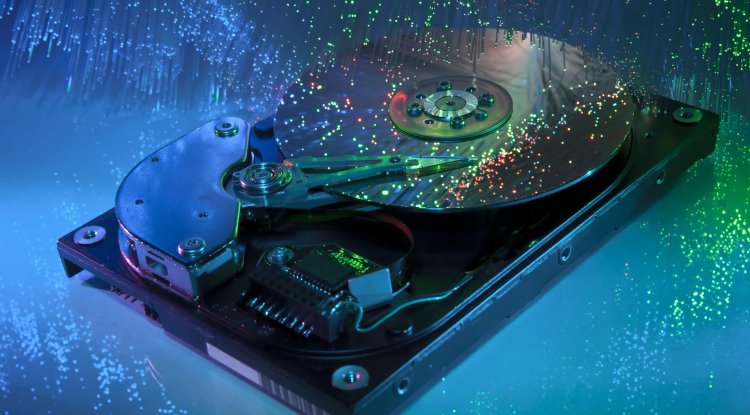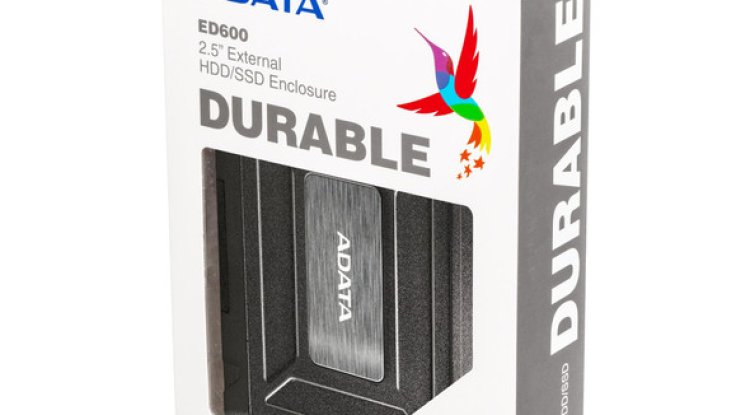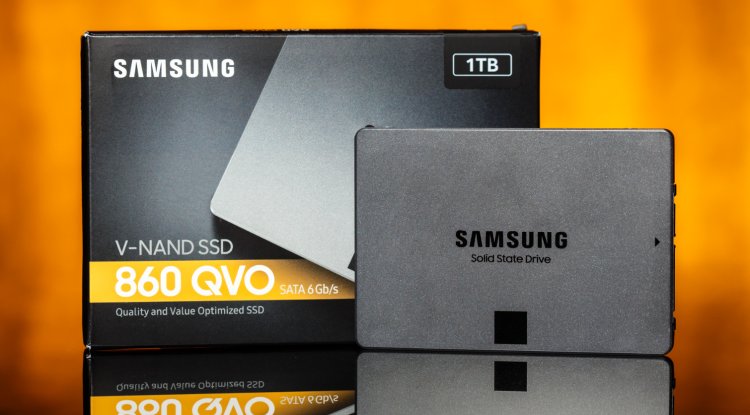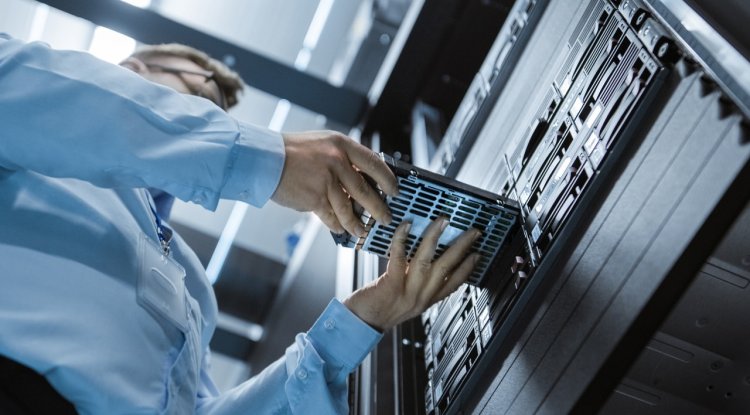Backblaze: Hard drive failure rates for 2021

Backblaze has been posting various statistics reports and information based on the hard drives in its data center over the previous few months and years to provide us a little perspective on the resistance of different devices and storage technologies, and how could it be otherwise? Similarly, its most recent report provides us with data through 2021.
The statistical analysis is based on the error rate of its own infrastructure, with over 200,000 hard drives currently in operation that function under optimal stress circumstances (practically 24/7 throughout the year), totaling thousands of million hours of individual activity.
As a result, it is an excellent barometer for determining reliability, albeit it is worth noting that the failure rate recorded in its reports includes not only direct unit failures, but also synchronization failures added to RAID arrays or values of operation above a smart statistics system that utilizes.

As a result, the company's research concentrated on drives of varying capacities and ages from Seagate, Toshiba, HGST, and WDC, tracking the annualized failure rate of each type. According to the most recent report, the AFR for all operational units climbed to 1.01 percent in 2021 from 0.93 percent in 2020, but it remains much lower than the 1.83 percent reported in 2019.
This ratio is partly due to newer, higher-capacity drives, which account for 69 percent of total active drives but only 57 percent of drive failures.
Backblaze's most reliable drive remains the 6TB Seagate ST6000DX000, which has an AFR of only 0.11 percent at an average age of 80.4 months. In comparison, the least reliable unit is the 14TB Seagate ST14000NM0138, which increases to an AFR of 4.66 percent in the fourth quarter of 2021, a significant improvement from the 6.29 percent noted in the third quarter of 2021.
While these statistics cannot be used to accurately assess the quality of a specific manufacturer's drives, they can provide a useful reference for overall trends in hard disk dependability.
What lasts longer, a hard drive or an SSD?
Because a corporation like this maintains tens of thousands of units in its data center, operating by the piece (24/7) and adding billions of individual activity hours, the statistical analysis is based on the error rate of its own infrastructure.
As a result, it is an excellent barometer for determining reliability, albeit it should be noted that the failure rate indicated in its reports includes not only direct unit failures, but also synchronization problems added to RAID arrays or operating values. You employ a clever stats system.
It has just added solid-state drives to its hard drive arsenal, and the important takeaway is that SSD endurance is greater than that of hard drives. The failure rate of these drives was compared to another group of HDDs that performed "the same functions in the same environment" over time, according to Backblaze.
The one caveat is that not enough time has elapsed in the age of the drives, which may bias the data slightly in favor of SSDs and is why the seller did not split them down by individual models. Furthermore, it is unclear whether the units employed are MLC or the newer, less expensive and denser, but less resilient, triple and quad cell TLC and QLC. It would also be interesting to see if the report calculates the error rate of SATA or PCIe NVMe drives. We anticipate that these data will be made public in the future.
This is, in any event, good news for customers. The resistance of SSD must improve over that of hard drives, and the degree of resistance of Tbyte writes provided by manufacturers is rarely attained in consumer equipment, except for certain specific activities such as Chia mining, which can damage them. Finally, discuss the five-year warranty extension that most manufacturers are providing for consumer SSDs.





































